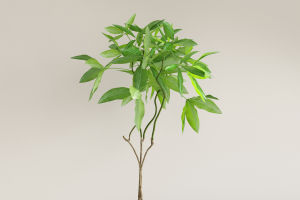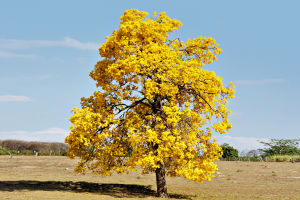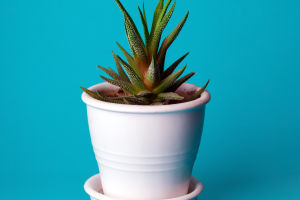Forget-me-nots are the ultimate woodland flower that can add a dash of color to any garden.
With their delicate blue, pink, or white flowers, they capture hearts and attract attention.
Whether you're growing them for their beauty, their symbolism, or their ability to thrive in both sun and shade, these perennial plants are easy to care for and promise years of enjoyment.
Why Choose Forget-Me-Nots?
Forget-me-nots (Myosotis sylvatica) are small but mighty plants that add a touch of elegance to gardens. These low-growing perennials bloom in clusters of charming, tiny flowers that resemble little stars. Not only do they brighten up any space, but they also have a symbolic meaning that makes them perfect for weddings, memorials, and more. But how exactly do you care for them?
Forget-Me-Not Care: Growing Tips
Forget-me-nots are incredibly adaptable, though they do have a few specific needs to thrive.
- Light: Forget-me-nots do well in dappled light. In cooler northern climates, they can tolerate full sun, but in warmer regions, it's best to give them some afternoon shade.
- Soil: These flowers thrive in moist, well-draining soil. Rich, organic soil is their ideal home. Be sure to keep the soil moist, especially during the warmer months.
- Watering: Forget-me-nots love water, so they should never be allowed to dry out completely. If you're planting them near a pond or stream, they'll thrive in the moist environment.
- Temperature: Forget-me-nots are hardy in USDA zones 3 to 9, meaning they can survive both the heat of summer and the chill of winter. However, they don't handle extreme heat well and may suffer in humid areas.
- Fertilizer: A yearly dose of compost or general-purpose fertilizer is enough to keep your forget-me-nots healthy and vibrant.
The Meaning Behind Forget-Me-Nots
Known for their symbolic value, forget-me-nots are often associated with love, respect, and remembrance. They make excellent bridal flowers, symbolizing true love and fidelity. The name "forget-me-not" itself is a plea not to be forgotten, making them a thoughtful choice for commemorative gardens.
Types of Forget-Me-Nots
Forget-me-nots come in various forms, each with unique characteristics:
- Myosotis sylvatica: The classic variety known for its blue flowers.
- Myosotis scorpioides: Also called "scorpion grass," this variety has flowers that curl like a scorpion's tail.
- Myosotis stricta: A small-flowered variety.
- Myosotis latifolia: Known for its broader leaves.
In addition to these, there are many cultivars, such as "Blue Basket" (which has deeper blue flowers) and "Pompadour" (a compact variety with pink flowers).
How to Grow Forget-Me-Nots from Seed
Forget-me-nots are incredibly easy to grow from seed. Here's a simple guide:
1. In early summer, gather seeds from your existing plants.
2. Prepare the soil in your garden by loosening it with a rake.
3. Scatter the seeds across the soil and lightly water to keep it moist.
4. The seedlings will emerge in the fall, and you'll see blooms the following spring.
Encouraging Blooms
Forget-me-nots typically bloom from April to May. To encourage longer blooming periods, ensure they have consistent moisture and rich soil. While the plants are short-lived, they will reseed themselves and continue to bloom year after year with minimal care.
Common Problems and Pests
While forget-me-nots are generally trouble-free, they may occasionally face challenges. Aphids, slugs, and snails can be pests, but they are easy to manage. Slugs can be controlled with traps made from shallow dishes of a sugary solution, and aphids can be washed off with water.
The most common plant diseases are powdery mildew and rust. Powdery mildew appears as a white, powdery substance on the leaves, and while it isn't usually fatal, it can affect the plant's appearance. To prevent it, avoid overhead watering and ensure proper air circulation around your plants.
Managing Forget-Me-Not Growth
Forget-me-nots are prolific reseeders and can spread quickly. To control their growth, regularly remove the seed heads or trim back the flowers once they begin to fade. You can also dig up excess plants and transplant them to another part of your garden, or simply discard the excess to limit their spread.
Forget-me-nots are low-maintenance, beautiful plants that bring both color and meaning to any garden. Their easy care and ability to reseed make them an excellent choice for gardeners of all levels. With a little attention to light, soil, and water needs, these charming flowers will thrive and bloom year after year.


